Stepping into the realm of demon tattoos feels like embarking on a mystical journey into the unknown, where ancient symbolism meets modern artistry in a visually striking way that exudes bold ink vibes. When you immerse yourself in the world of demon tattoos, you uncover layers of meaning and significance that extend far beyond simple aesthetics. These designs often serve as a powerful expression of personal struggles, rebellion, and transformation. They have a long history of representing inner demons and external forces, balancing the line between allure and intimidation. As you explore these captivating designs, you might find yourself reflecting on the way cultures throughout history have merged beauty with the macabre, using demons not just as symbols of fear or evil, but as reminders of life’s constant push and pull. The artistry behind demon tattoos often relies on intricate detail, bold contrasts, and dramatic shading that gives each piece a unique visual impact. Many enthusiasts sport these tattoos to signal strength, defiance, or even as badges of honor reminding them of battles fought and survived. The mixture of ornate line work with intense symbolism is a testament to the rich traditions and continuous evolution of tattoo art, making demon tattoos a channel for daring self-expression that has fascinated people for generations.
Origins and Historical Influences
The origins of demon tattoos are steeped in a deep historical narrative that pulls from a rich tapestry of mythology, folklore, and religious iconography. Cultures around the world, from ancient Mesopotamia to medieval Europe, have depicted demonic figures in elaborate art forms, and you can see echoes of these classic themes in modern tattoo designs. Many demon tattoos borrow motifs from Eastern spiritual traditions as well, where creatures from folklore encapsulate ambiguous moral lessons and warnings to society. When you look closely at the art, you notice elements reminiscent of Gothic illustrations, medieval manuscripts, and even ancient ritualistic carvings, each telling a story of humanity’s struggle with the metaphysical realm. During the medieval era, demons were frequently depicted as allegories of sin, temptation, and the battle between good and evil; artists used them as visual metaphors to represent the darker aspects of human nature. Today, you can trace those historical influences through every carefully etched line and shadow in a modern demon tattoo. The historical lineage of these tattoos provides a narrative depth that instills each piece with more than just personal expression; it’s a living connection to centuries of artistic interpretation and cultural symbolism that captivates both the eye and the mind.
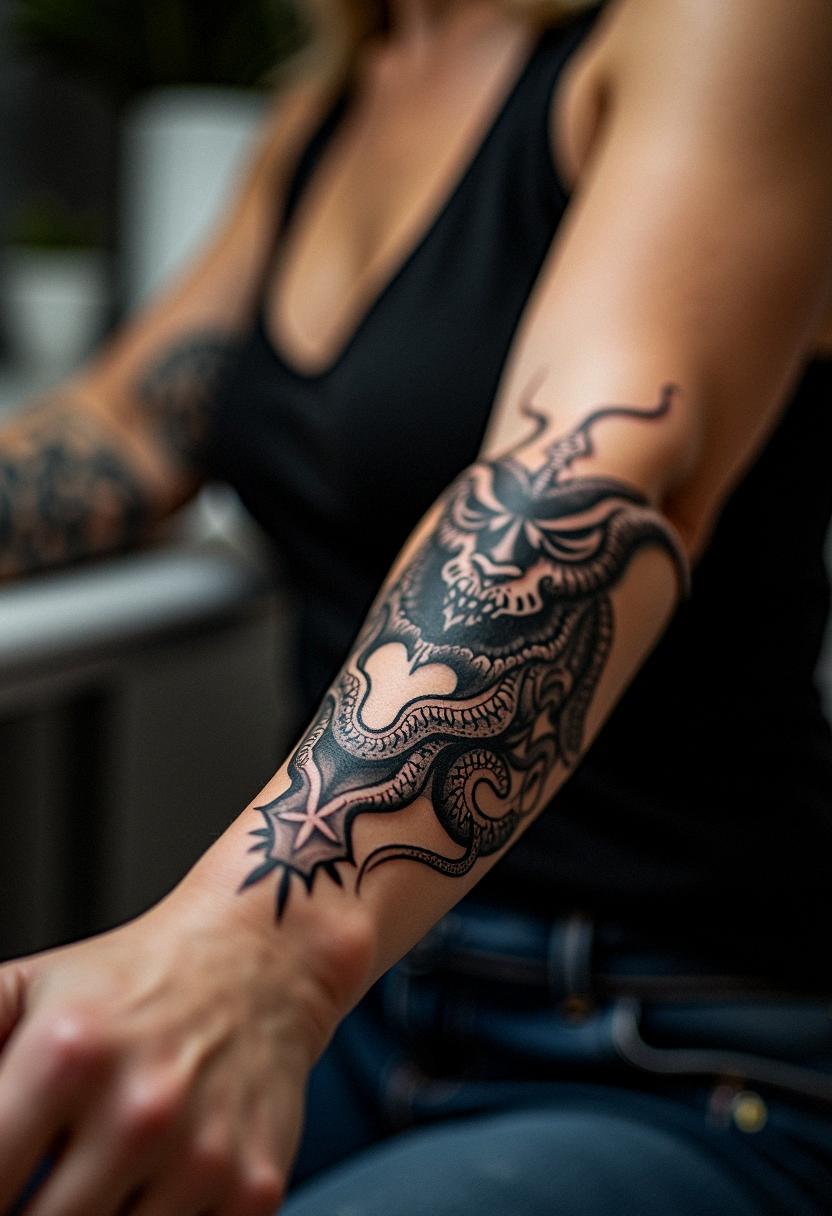
Cultural Symbolism and Meanings
Diving into the symbolism of demon tattoos reveals a vibrant interplay of cultural meanings that range from the ominous to the liberating. Across diverse cultures, these tattoos are loaded with symbolism, often representing the duality of man—our capacity for both light and darkness. When you choose to ink a demon on your skin, you’re often engaging in a dialogue with ancient beliefs and conflicting forces. Some view the demon as a guardian that protects against evil, a paradox that highlights the fine line between fear and respect, while others see it as a representation of suppressed emotions or the inevitable presence of inner turmoil. The bold lines and dynamic composition found in many demon tattoos infuse these images with a raw sense of energy that speaks to personal defiance and the acceptance of one’s hidden truths. The symbolism of demons can also act as a mirror, reflecting back the internal struggles many of us endure silently. This multifaceted significance makes demon tattoos appealing and relatable, as they provide a canvas for discussing identity, personal battles, and the journey toward self-acceptance. In essence, the demon tattoo becomes a badge of resilience and transformation, where embracing the shadows of our past can ultimately lead to a brighter, more empowered future.
Popular Styles and Artistic Interpretations
The art world of demon tattoos is as diverse as it is daring, and exploring the different styles available offers an exciting glimpse into the creativity and versatility of tattoo artists. You’ll find that demon tattoos can adapt to a myriad of aesthetics, with some artists opting for a hyper-realistic portrayal that captures every minuscule detail, while others imbue their creations with a more surreal, abstract flair. Traditional, neo-traditional, and illustrative styles all lend a unique character to demon tattoos, allowing you to choose a design that resonates with your personal taste and story. When you delve into these styles, it’s fascinating to see how different techniques—ranging from bold, heavy outlines to delicate dot-work shading—can completely transform the mood of the tattoo. Some art enthusiasts prefer the classic, dark imagery reminiscent of old-school Americana, while others are drawn to the contemporary, almost futuristic interpretations that blend digital art influences with traditional ink drawing. This ever-evolving art form encourages creativity and is a brilliant expression of individuality; you might even notice that the elements of pop culture, fantasy art, and mythology often come together in exciting ways, forming demon tattoos that are as much a statement of personal style as they are a celebration of historical lore and artistic rebellion.
Design Elements and Visual Impact
The design elements in demon tattoos are crafted to create a lasting visual impact that stays with you long after the tattoo session is over. Every line, shadow, and color used in these pieces plays a critical role in conveying the depth of emotion, intensity, and mystique behind the image. When you look at a well-executed demon tattoo, you immediately notice the intricate details that give the design its personality. Sharp edges paired with flowing elements can mimic the chaotic yet deliberate nature of a demon’s essence, highlighting themes of conflict, allure, and unpredictability. Bright splashes of color might be used sparingly to accentuate piercing eyes or blazing auras, contrasting the primarily dark palette to create a dramatic visual narrative that commands attention. You can also appreciate how artistic techniques such as negative space and strategic shading work together to form a three-dimensional effect, making the design appear to leap off your skin. These tattoos often incorporate symbolic iconography such as horns, wings, fiery backgrounds, and tangled script, each contributing to an overall composition that speaks volumes about inner strength and defiance. Bold and intricate designs not only highlight the artist’s skill but also ensure that the tattoo resonates deeply with those who admire unconventional self-expression.
Choosing the Right Artist for Demon Tattoos
Selecting a tattoo artist who truly understands the intricate nuances of demon tattoos can be one of the most crucial decisions on your journey toward a meaningful piece of art. It’s essential to do your homework, as the right artist should possess both technical prowess and a deep appreciation for the historical and cultural significance behind these designs. When you’re on the lookout for an artist, look for portfolios that demonstrate a consistent style, impeccable detail, and a willingness to innovate while respecting the roots of the design. An artist with experience in horror, fantasy, or gothic styles might be particularly well-suited for creating demon tattoos that are rich in character and symbolic power. It’s a good idea to have an initial conversation about your ideas, inspirations, and the story you wish to tell through your ink. Trust in your instincts and opt for an artist who communicates effectively, understands your vision, and can skillfully translate abstract concepts into bold, tangible artwork. Taking the time to thoroughly research and engage with several artists not only helps you feel confident in your decision but also ensures that your demon tattoo becomes a lifelong piece of art that resonates with your personal identity and creative expression.
Placement Considerations and Body Integration
Deciding where to place your demon tattoo on your body is a vital part of the overall design process, as the placement can significantly influence not just the aesthetic appeal, but also the personal impact of the art. When you visualize the tattoo, consider how its contours and lines will interact with the natural curves and muscles of your body, creating a harmonious yet bold statement. Many enthusiasts opt for areas that offer enough space for the detailed intricacies of the design such as the back, chest, or upper arms, which not only accommodate the fine details but also allow for expansive backgrounds that make the tattoo pop. Integrating the design into the natural flow of your body helps blend the artwork seamlessly with your form, making it a literal part of you. The strategic placement can evoke different meanings—placing a demon tattoo on the inner arm might suggest a more personal, hidden struggle, while a placement on the forearm or bicep could symbolize a willingness to display your inner battle to the world. As you ponder these options, think about how you want the tattoo to interact with your daily life, whether it’s something you wish to keep subtle or a bold piece that commands attention at first glance. Each placement carries its own story, and ensuring that it’s aligned with your lifestyle, pain tolerance, and visibility preferences will make your final decision a gratifying one.
Tattoo Aftercare and Longevity Tips
Caring for your demon tattoo long after the initial ink session is absolutely essential if you want the artwork to maintain its vibrant contrast and intricate details over the years. Proper aftercare is not just a matter of immediate healing; it also sets the foundation for how your tattoo ages. From the moment you leave the studio, it’s crucial to follow a meticulous routine that involves gentle cleansing, avoiding direct sun exposure, and keeping the skin adequately moisturized. When you find that your aftercare routine is as detailed as the tattoo itself, you protect the investment you made in this piece of art. Many artists advise against using harsh chemicals or scrubbing techniques that might damage the delicate lines and shading of the design. Instead, use a mild, fragrance-free cleanser and a recommended ointment to ensure that the skin heals smoothly. Regular moisturization helps retain the vibrancy of the ink while preventing the skin from drying out or peeling in a way that distorts the design. Over time, a well-maintained tattoo not only remains visually appealing but also stands as a testament to the careful thought and effort you put into preserving your personal story. By adhering to these longevity tips, your demon tattoo can continue to project that commanding presence and reinforce the symbolic weight it carries throughout your lifetime.
Modern Trends and Future of Demon Tattoos
The realm of demon tattoos is constantly evolving, continually blending traditional influences with modern artistic trends to create designs that are as contemporary as they are timeless. Today’s artists are pushing creative boundaries with advanced techniques that bring a new level of realism and abstract beauty to these powerful symbols. When you observe modern demon tattoos, you’ll notice a wave of innovation inspired by digital art, hyper-realistic rendering, and even elements of mixed media that give the tattoos an almost surreal quality. The trend is toward designs that are deeply personal, interactive with light and shadow in unexpected ways, and capable of shifting the viewer’s mood with every glance. As you explore the emerging trends, you might find that some artists are revisiting old folklore, reimagining it with contemporary themes all while preserving the core elements that have defined demon imagery through the ages. This fusion of past and present is not only a celebration of artistic evolution but also a reflection of how culture adapts to modern life. With each new trend, there is an underlying promise: demon tattoos will continue to serve as a bold form of self-expression, evolving alongside our cultural and technological advancements while still maintaining their potent symbolic resonance.
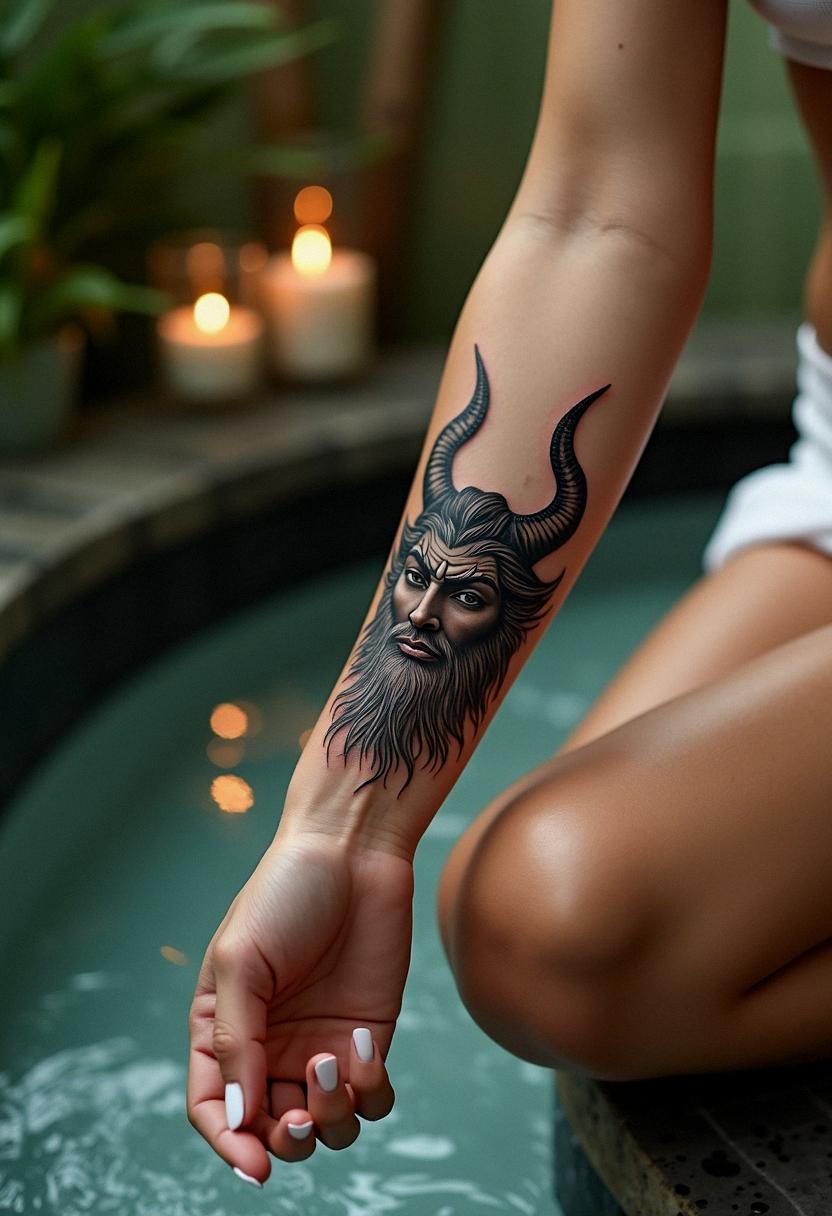
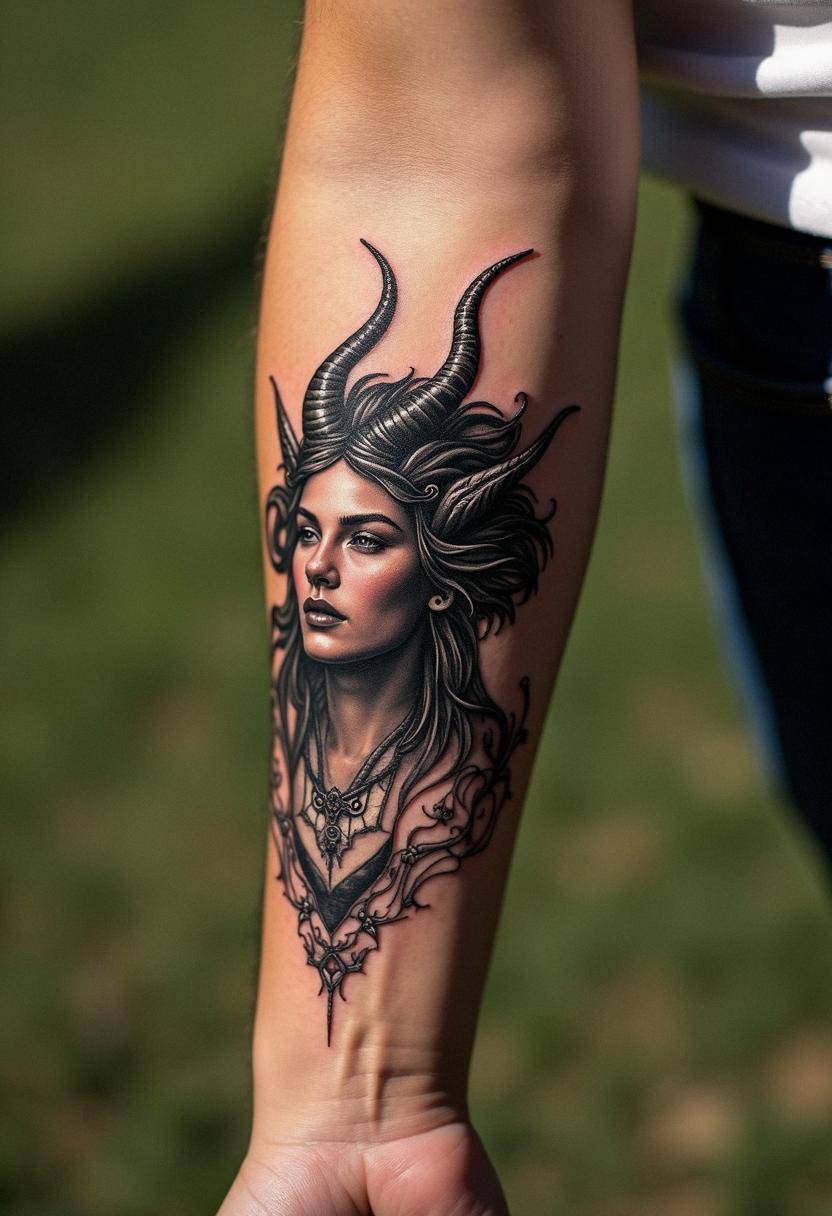
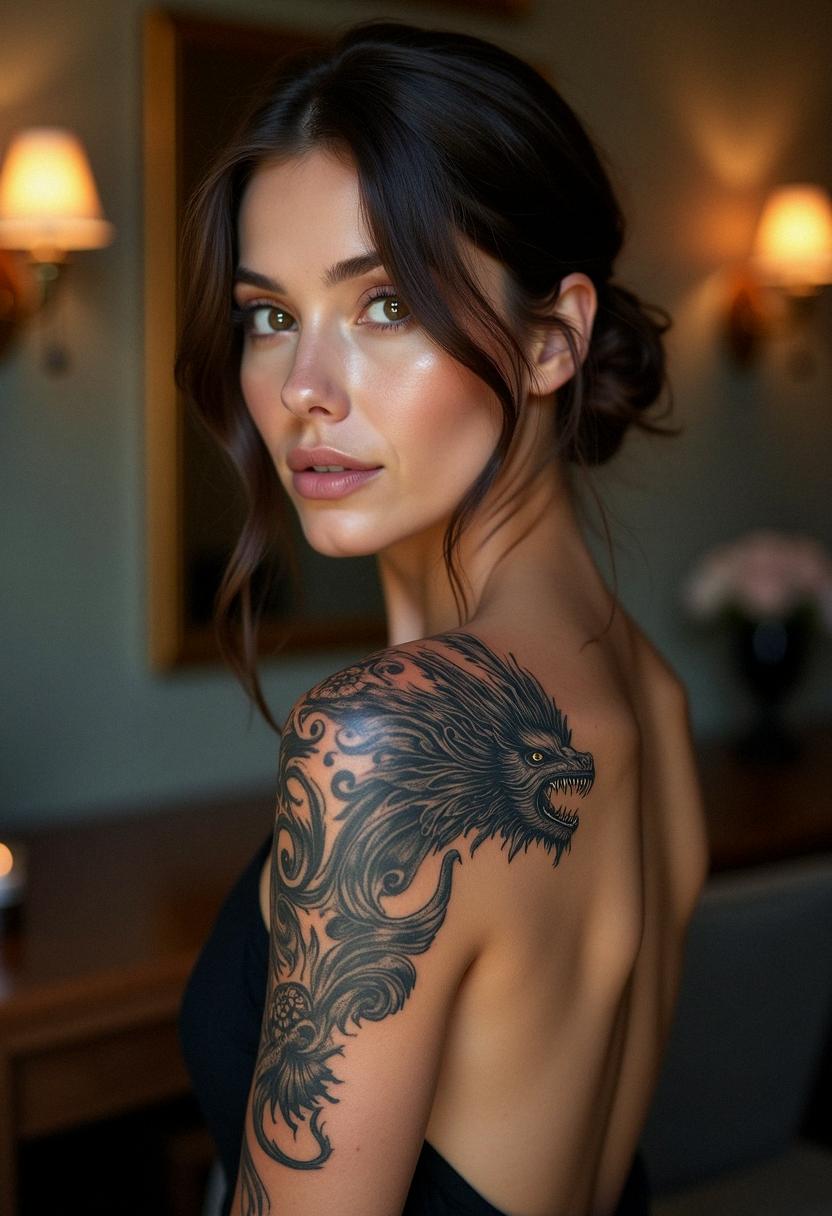
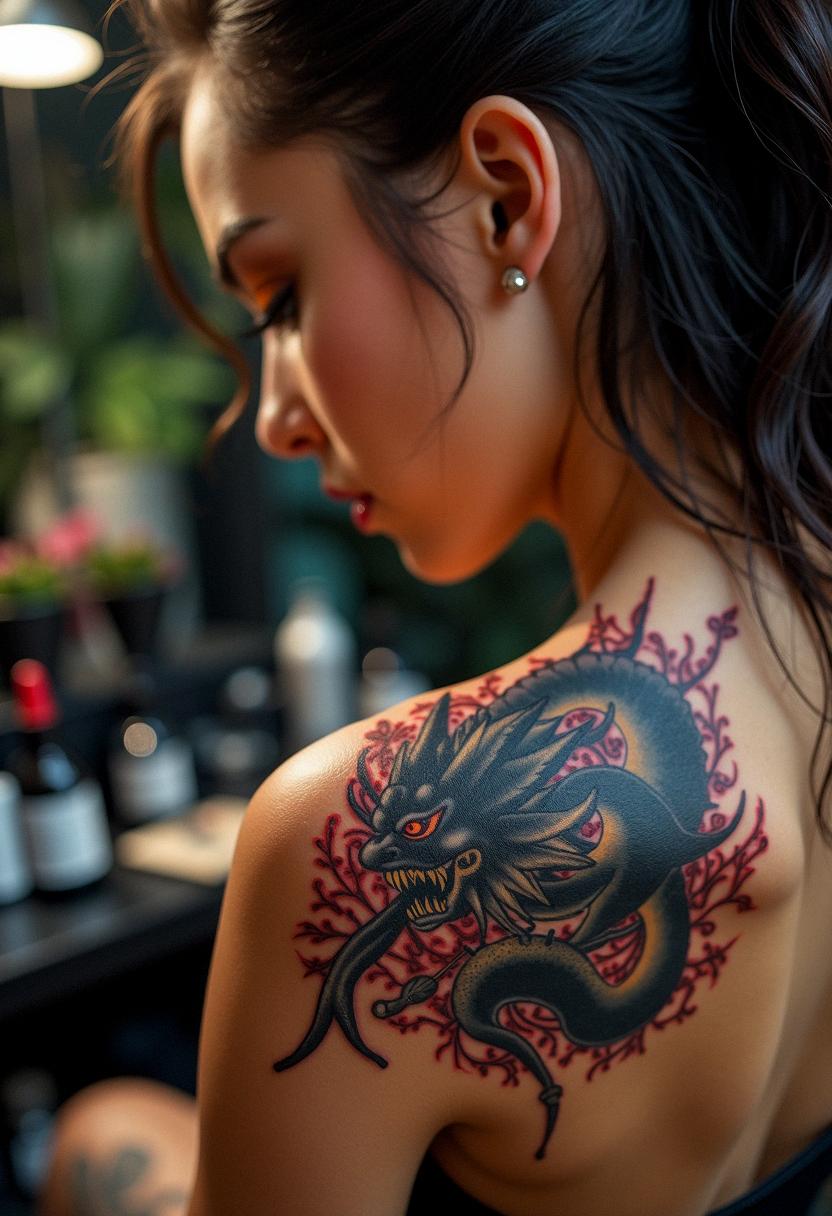
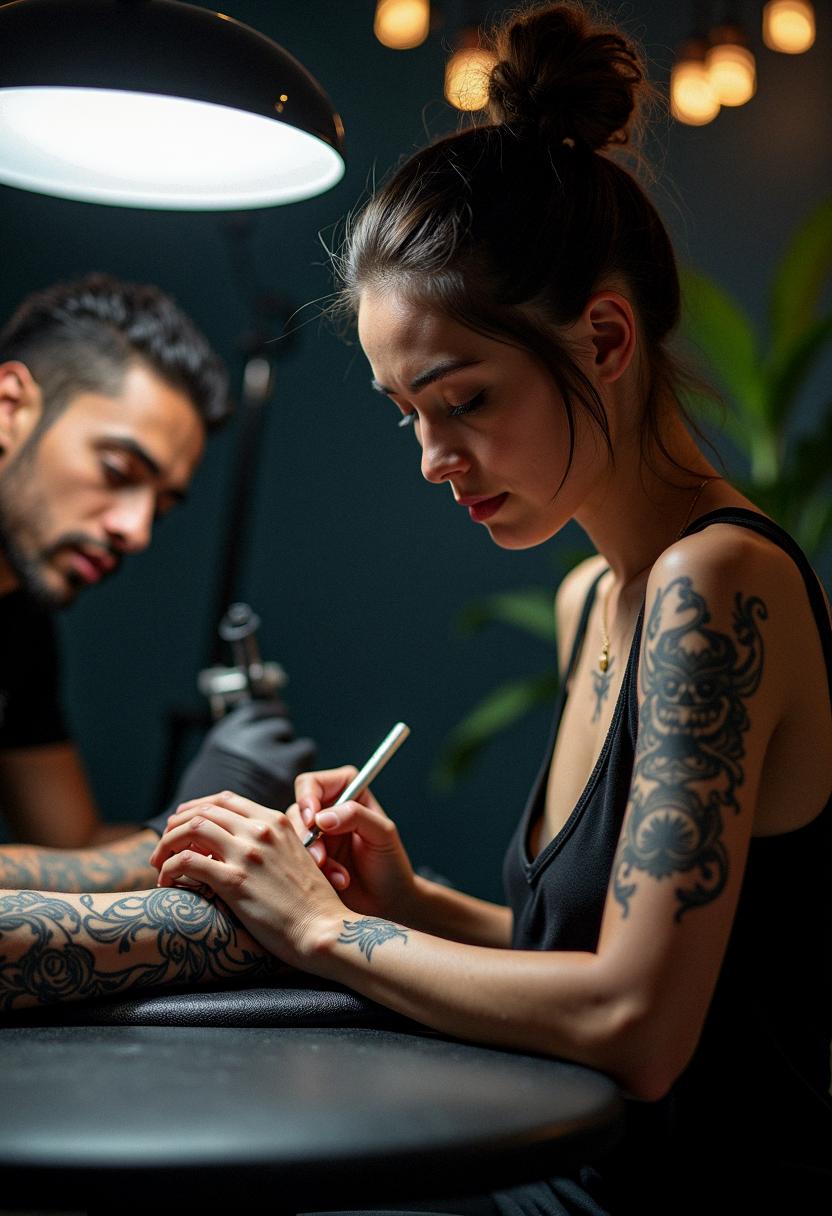
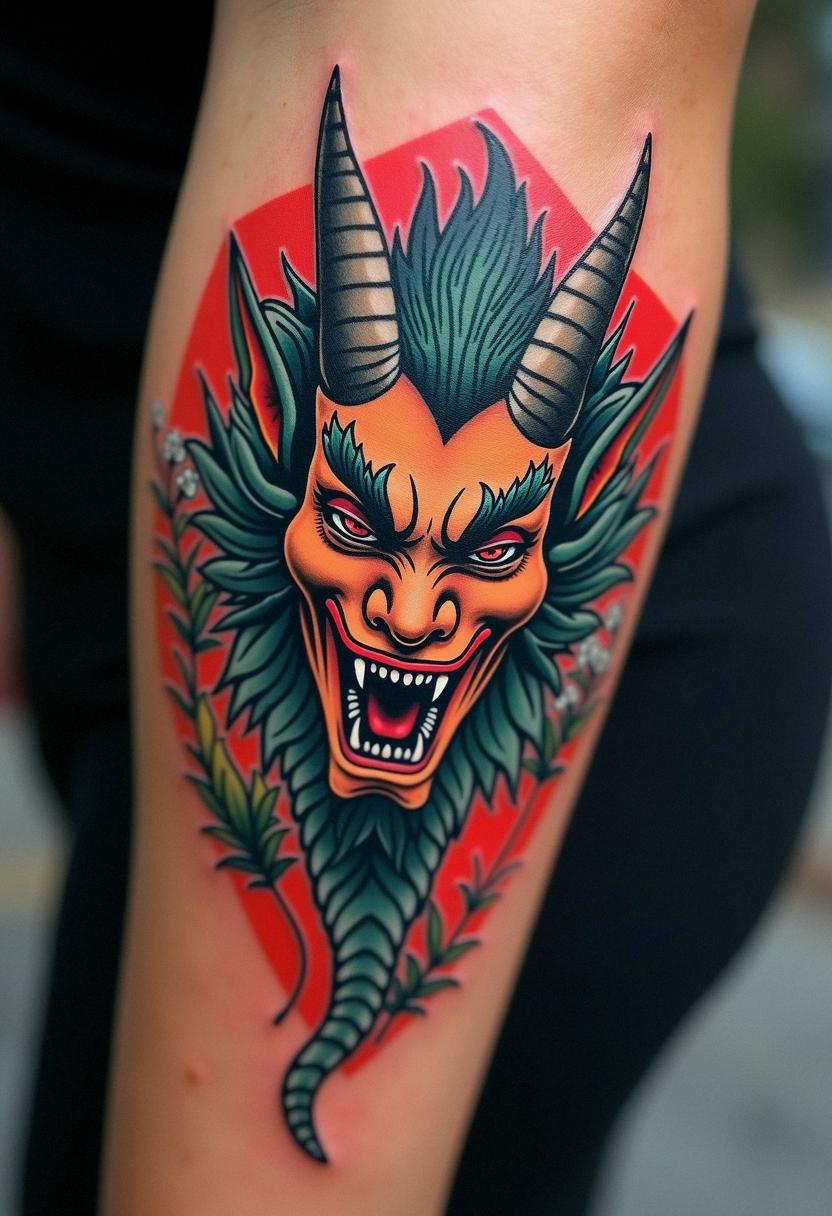
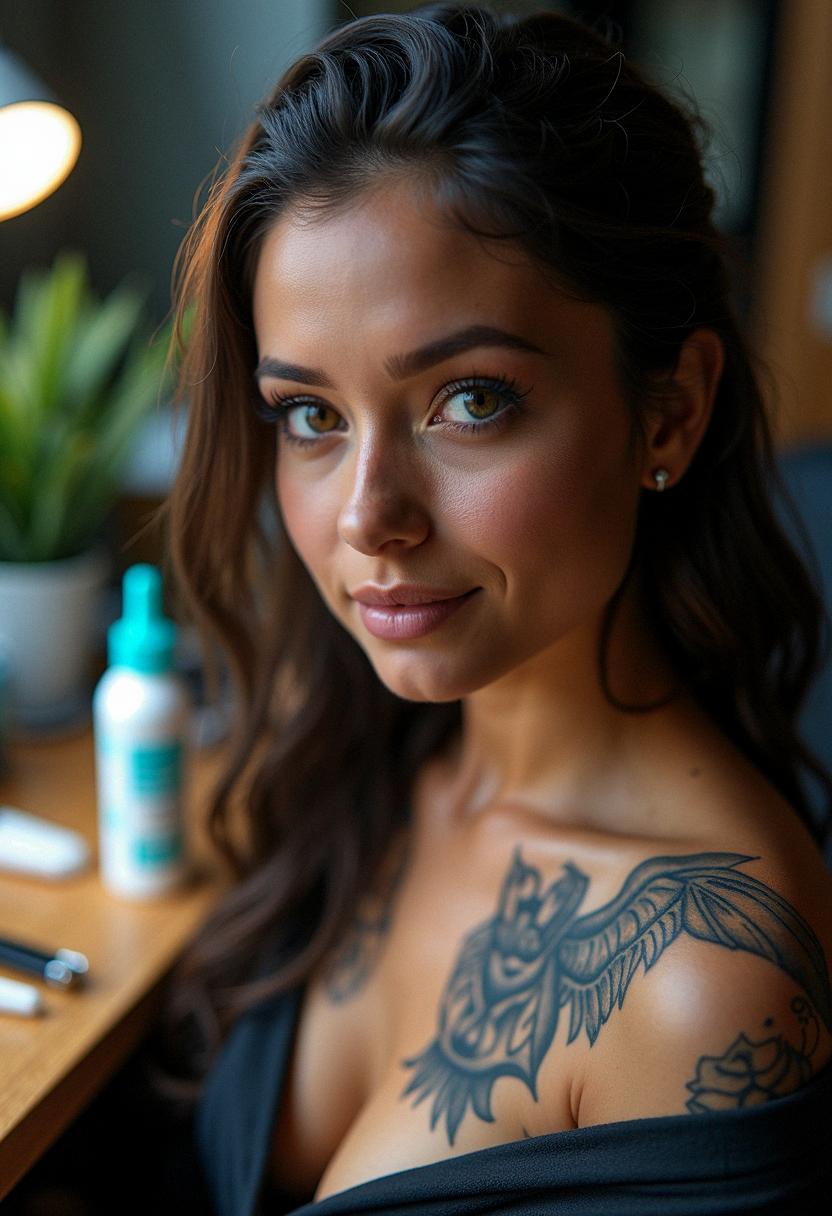
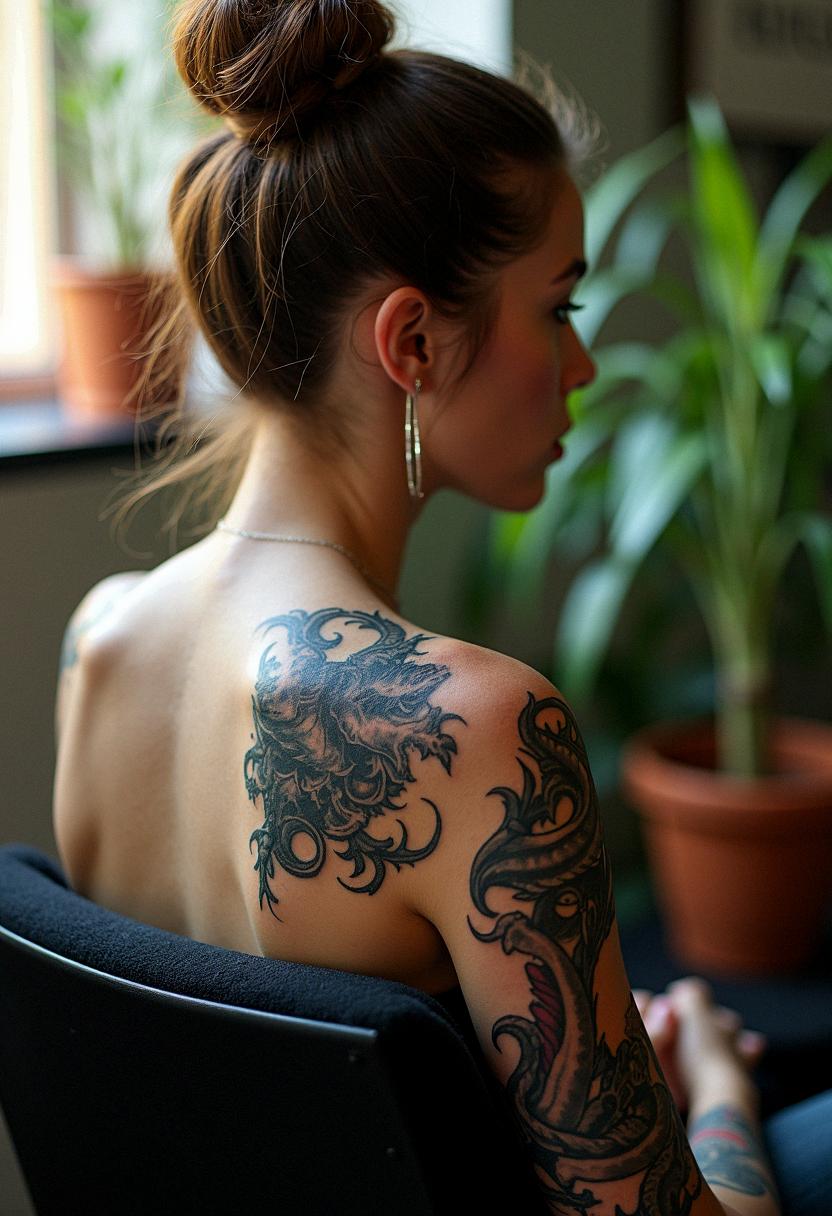
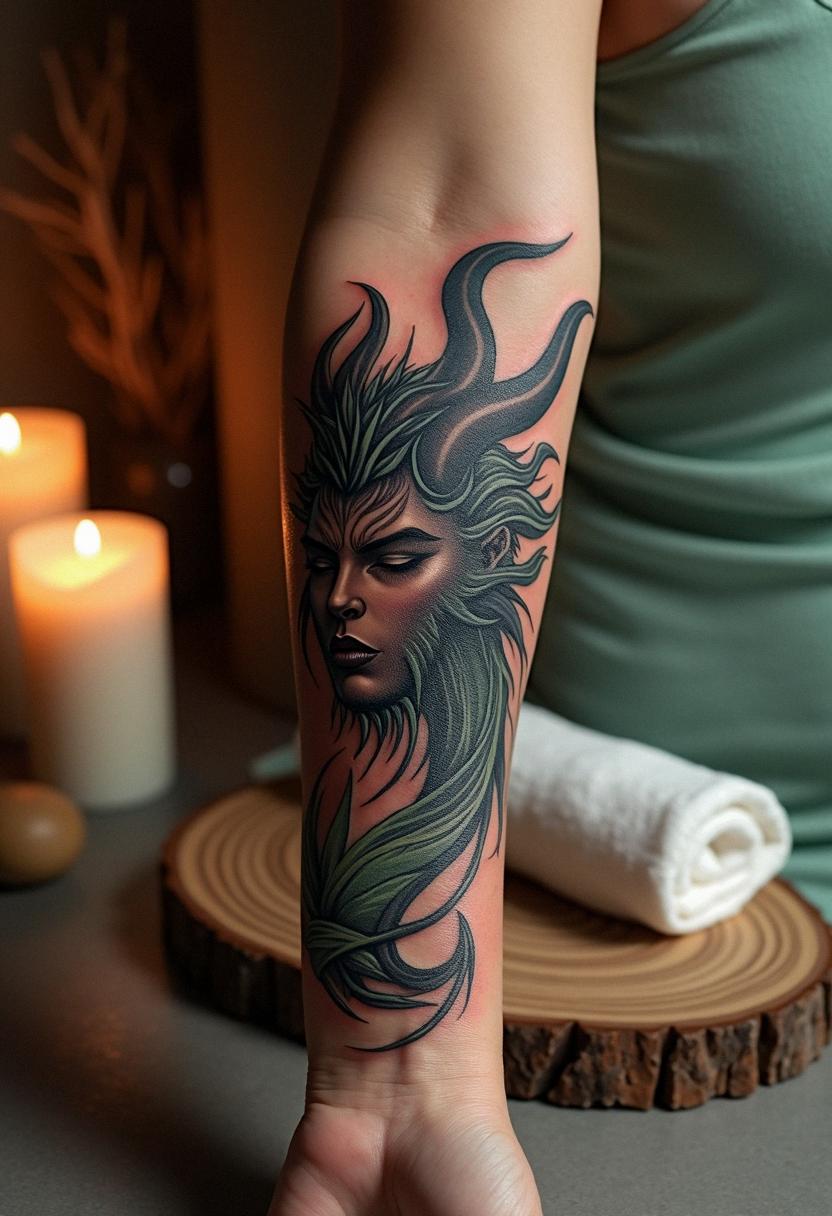
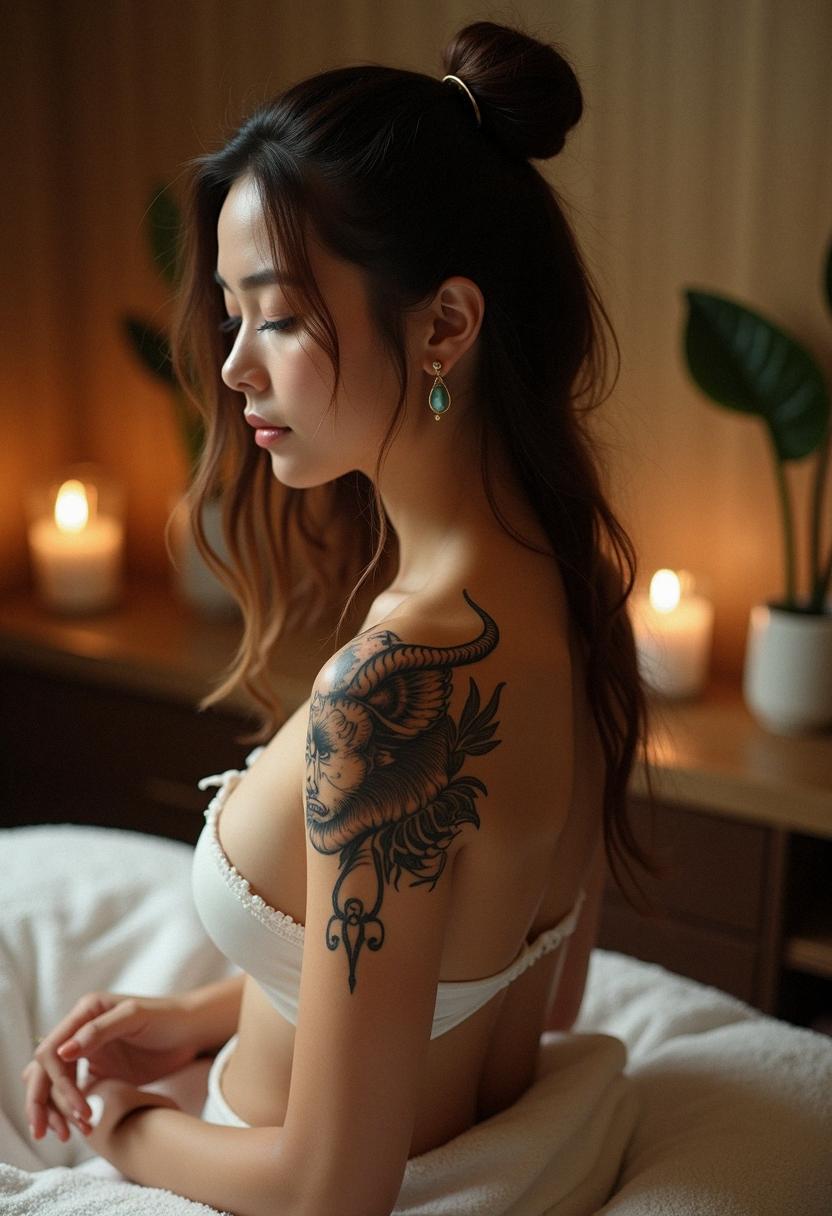
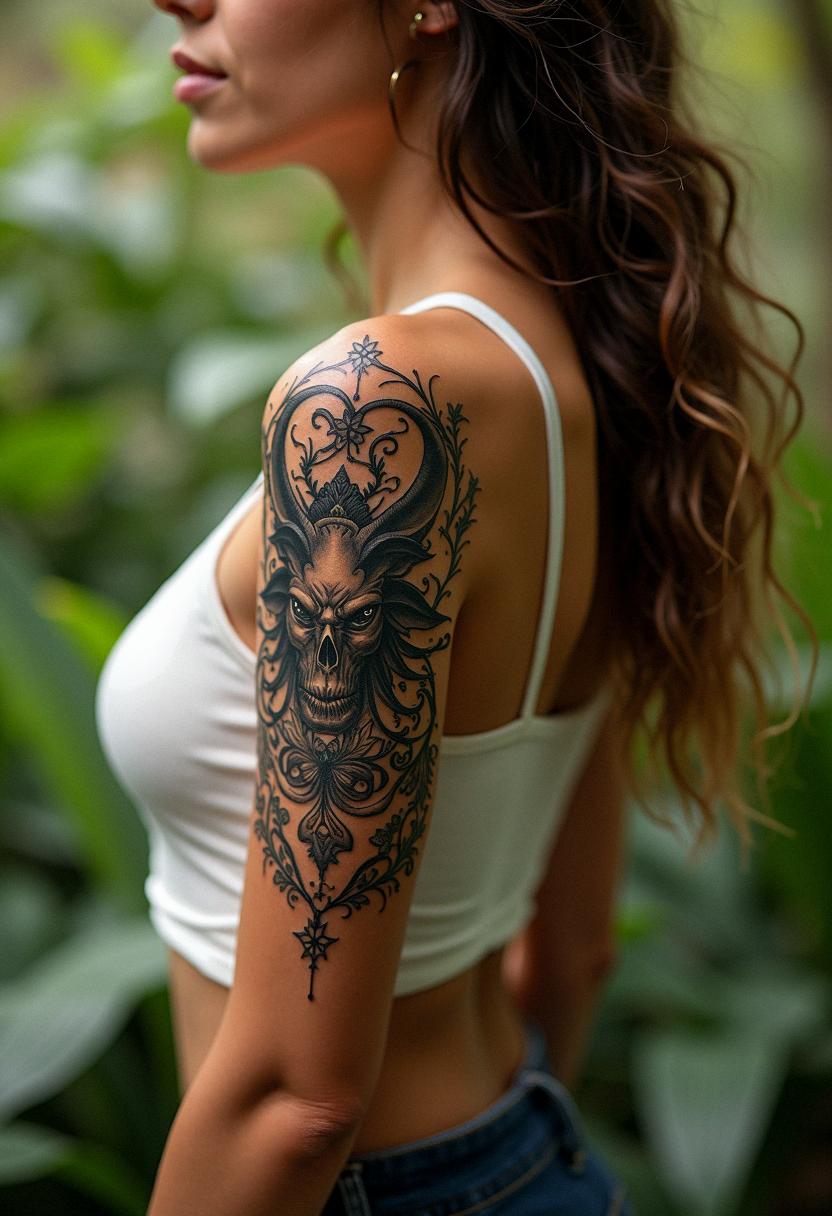
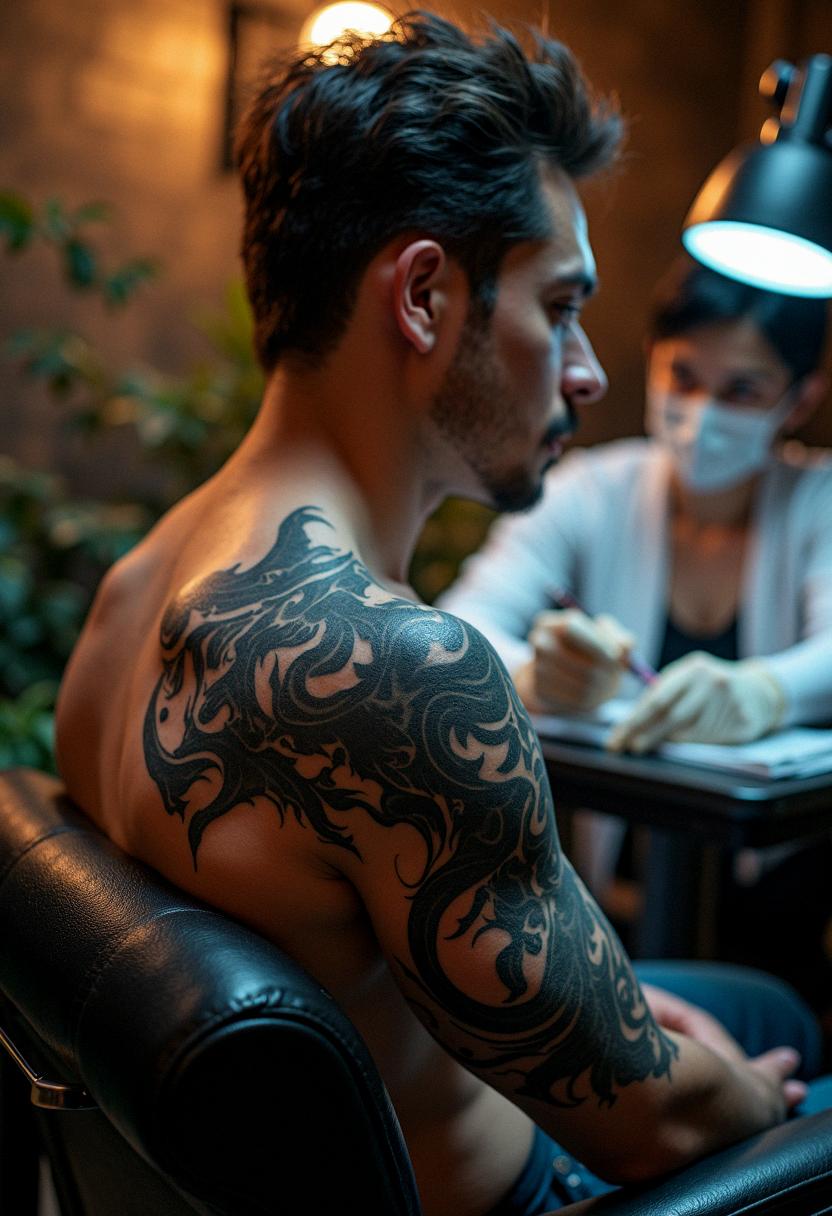
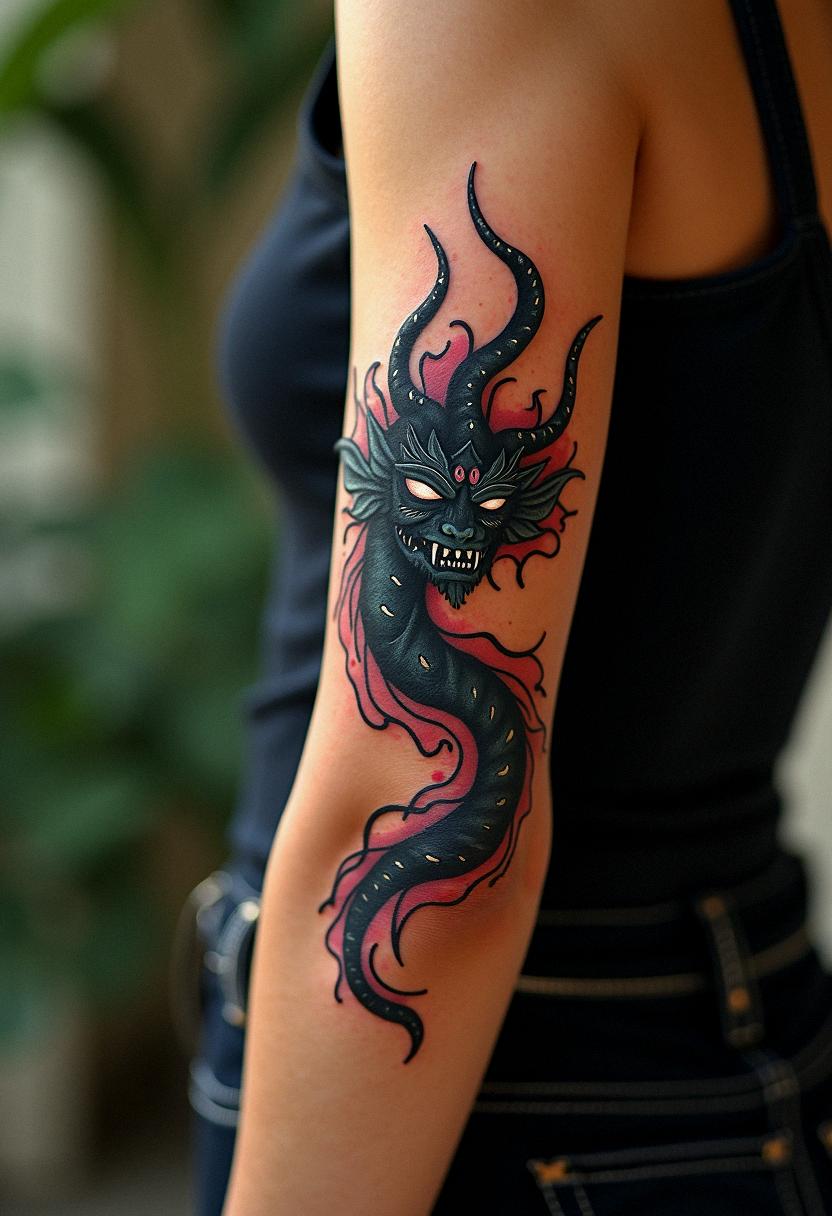
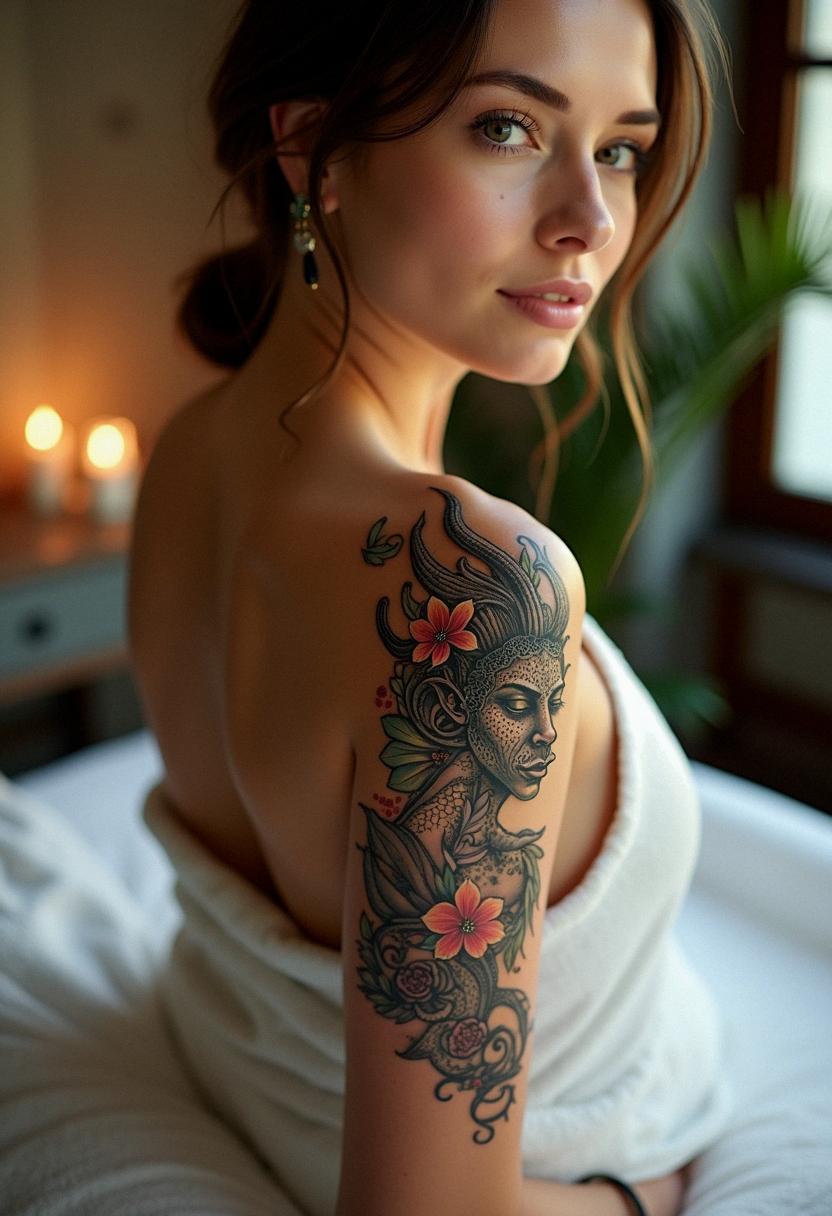
Personal Stories and Inspirational Experiences
Every demon tattoo comes with its own narrative that adds layers of personal meaning and inspiration to an already powerful design. When you share or read personal stories of those who have chosen demon tattoos, you discover a wealth of shared experiences that speak to the universal struggle between light and shadow, bravery and vulnerability. Many people choose these designs as metaphors for overcoming personal battles, symbolizing the very demons they’ve faced and ultimately conquered. These tattoos become a kind of talisman, a constant reminder of one’s transformation and inner strength. As you dive into these stories, you might be struck by how often the narrative involves significant life changes—moments where embracing one’s darker side has led to greater self-acceptance or personal evolution. The tattoo becomes more than just skin deep; it turns into a living piece of art that chronicles an individual’s journey, marked by moments of hardship, triumph, and growth. Friends, family, and even strangers often find common ground in these expressions of resilience and defiance. They serve as a rich tapestry of human emotion and experience, blending intricate designs with the very essence of life’s vast, unpredictable journey. Each story is a burst of inspiration, showing that sometimes, facing our inner demons can lead us to discover parts of ourselves we never knew existed.
